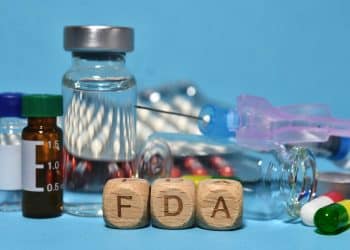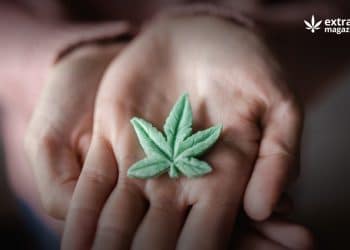Fudgy brownies thick with THC. Sugary gummies saturated with cannabinoids. If you love cannabis edibles, you have a huge variety to choose from at many dispensaries.
However, cannabis edibles represent an entirely new regulatory world, and thus, food safety protocols borrowed from the food and beverage industry are vital to producing quality, safe cannabis medicine that needn’t be inhaled.
The National Environmental Health Association has released guidelines specifically for cannabis-infused products. The document outlines ten food safety topics to consider, which include storage and sanitation; collection and testing; laboratory accreditation; tracking, transport, and distribution; serving size and homogeneity; labeling and packaging; education and training; food safety plans; waste disposal; and regulatory considerations.
Obviously, cannabis edibles involve infusing a food or beverage using either cannabis biomass or molecules extracted from the plant. So, all of the same safety concerns that labs test for are still relevant. Consider pesticide residues, for example. The U.S. Environmental Protection Agency has published a list of permissible tolerance levels for pesticide residues on food. If the cannabis biomass used to infuse the food or beverage was contaminated with pesticides, the extract from the plant matter can further concentrate the pesticides to more toxic levels.
You’ve likely heard any number of news stories concerning product recalls for one contaminant or another. Microorganisms like E. coli or Salmonella, can make us sick. These contaminants aren’t native to the plant. Rather, they can come from contaminated soil, or more commonly, our hands. [1] These organisms can, in turn, produce mycotoxins, which can pervade into cannabis extracts even if the organisms have been annihilated during the extraction process. [2]
An additional safety concern regards the practicality of dosing a cannabis edible. Despite being portioned to provide a specific amount of THC (e.g. 10 mg), that entirely relies on a homogenous distribution of THC across the edible, or that the amount of THC on the product label accurately depicts the amount you’re ingesting. A now-infamous study of the California medical cannabis industry revealed huge discrepancies between reported and actual cannabinoid content in edible products. [3] A similar study was conducted in Colorado and published in the Denver Post.
Cannabis edibles also have a delayed onset that can present safety concerns, since intoxication may not occur as rapidly as the person ingesting the edible may be used to. This can lead to overconsumption and a significantly altered day, evening, and maybe even distorted tomorrow.
References:
- Smith, A. “Microbiological Testing for the Cannabis Industry: Introduction to Microbial Contaminant Testing for Cannabis”, Terpenes and Testing Magazine, July/Aug 2018.
- Boyar, K. “Microbial Considerations for Cannabis Extracts”, Extraction Magazine, Mar/Apr 2019.
- Vandrey, R. et al. “Cannabinoid Dose and Label Accuracy in Edible Medical Cannabis Products”. JAMA. 2015; 313(24): 2491-3 [Times cited = 142, Journal impact factor = 47.661].
Image source: Leaf Science












